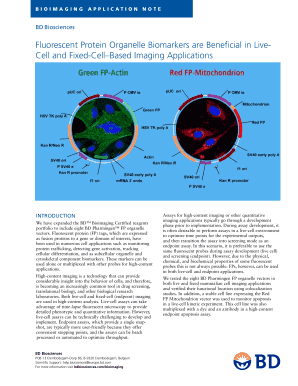Introduction To Protein Science Lesk Pdf To Word

Usb Redirector Rdp Edition Keygen Generator. • • Arthur M. Lesk, Oxford University Press, 2008, 432 pp., ISBN 978-0-19-920804-3 (paperback, $49.95). Paul Craig*, * Department of Chemistry, Rochester Institute of Technology, Rochester, NY 14623. When I first saw the title of this text, I immediately thought, “If this book is not fully integrated with the Internet, it's not worth considering.” I was pleased to find web integration throughout the text and even in the problem sets.
Biochemists at all levels need to understand bioinformatics to participate fully in research, teaching, and learning; Arthur M. Lesk's textbook, Introduction to Bioinformatics, is an excellent resource for teaching undergraduates the tools and the approach of bioinformatics. It is also a wonderful starting point for scientists who want to add bioinformatics to their repertoire in the lab; in fact, I have promised to lend this book to a colleague once I have completed this review to help her bring some bioinformatics into her studies on molecular aspects of developmental biology. Many biochemists who currently use bioinformatics tools in their teaching and research would also benefit from Lesk's explanation of the reasoning behind many of the tools. The book has a number of attractive features that carried through the seven chapters. • The connection between bioinformatics and the Internet is emphasized in the preface to the book; the link to the online portion of the text is also identified at this point.
Each chapter contains links to online resources that are available on the textbook web site. • Each chapter contains clearly identified learning objectives that will lend themselves easily to teaching, learning, and assessment in classroom or laboratory courses. • There are three types of problems in the book. Exercises are designed to help readers review the content in each chapter. Problems are designed for deeper thought, but can also be answered based on the materials in the text. Weblems are web-based problems that provide hands-on practice with popular web applications for bioinformatics. • The writing is clear and understandable.
I have read other textbooks with similar titles that left me feeling a deep need to take one or two bioinformatics courses before reading the book; the Lesk's textbook really does explain things at a level that should make sense to scientists who have taken introductory courses in biology and chemistry. He also provides a few peaks into more advanced techniques such as PERL programming; after reading this book, I really believe I could pick that up fairly quickly if it was needed. • The figures and tables are clear, logical, and easy to follow. They facilitate the reader's movement from simple concepts to more complex applications of these ideas. • The book is grounded very thoroughly in the biological sciences. The author has written four other textbooks about proteins and genomes. The examples in the text and the problems at the end of each chapter provide a bioinformatics perspective on many questions that we discuss in our biochemistry and molecular biology courses.